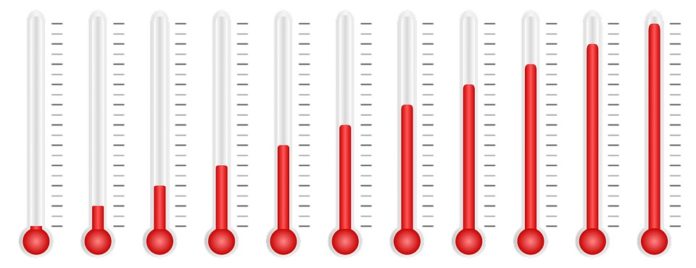Chemistry is ubiquitous. Be that as it may, regardless of advances, it remains a key test to pick up an entire understanding and command over all parts of a compound response, for example, temperature and the introduction of responding particles and molecules.
This requires refined tests where all of the factors that characterize how two reactants approach, and at last react with, one another can be freely picked. By controlling things like the speed and the orientations of the reactants, scientists can contemplate the best points of interest of a specific reaction mechanism.
EPFL scientists in a new study in collaboration with theorists from the University of Toronto have built an apparatus that allows them to control the orientation and energies of reacting atoms, down to nearly absolute zero.
According to scientists, it’s the coldest formation of a chemical bond ever observed in molecular beams. A molecular beam is a jet of gas inside a vacuum chamber, frequently used in spectroscopy and studies in fundamental chemistry.
Scientists used two such beams that merge into a single beam to study chemi-ionization, a fundamental energy-transfer process that is used in several applications, e.g. in mass spectrometry. Chemi-ionization is the formation of an ion through the reaction of a gas phase atom or molecule with an atom or molecule in an excited state while also creating new bonds. This process is helpful in mass spectrometry because it creates unique bands that can be used to identify molecules.
The identity of the resulting ion depends on the reaction, a new bond can be formed during the collision, resulting in a molecular ion, or else an atomic ion can be formed
The analysts examined the reaction between two gases: an energized neon atom and a molecule of argon. Their mechanical assembly contains a couple of solenoid magnets that is utilized to decisively tune the direction of a magnetic field wherein the reaction happens, which enabled the scientists to control the actual orientation of the two atoms in respect to one another.
Andreas Osterwalder at EPFL’s Institute of Chemical Sciences and Engineering said, “Even though atoms often are represented as tiny balls, they are not normally spherical objects. Exactly because they are not, they have specific orientations, and this can affect their reactivity.”
“But even though the experiment could control the orientation which in turn controlled the amount of atomic vs molecular ions formed from the chemi-ionization, scientists found that below a temperature of around 20 Kelvin (- 253.15 °C), the inter-atomic forces took over and the atoms re-oriented themselves irrespective of the applied field.”
“This is the first time anyone has done this at such a low temperature. With this level of control, we can study some of the most fundamental models at the core of chemistry, such as the relationship between orientation and reactivity.”
The study is published in the journal Nature Chemistry.
